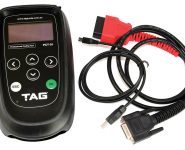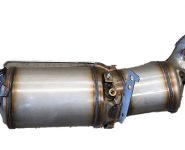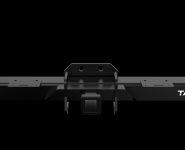HOW POOR ENGINE MANAGEMENT CAN CAUSE CATALYTIC CONVERTER FAILURE
SWD explains that catalytic converter failure is a symptom of an issue elsewhere in the vehicle
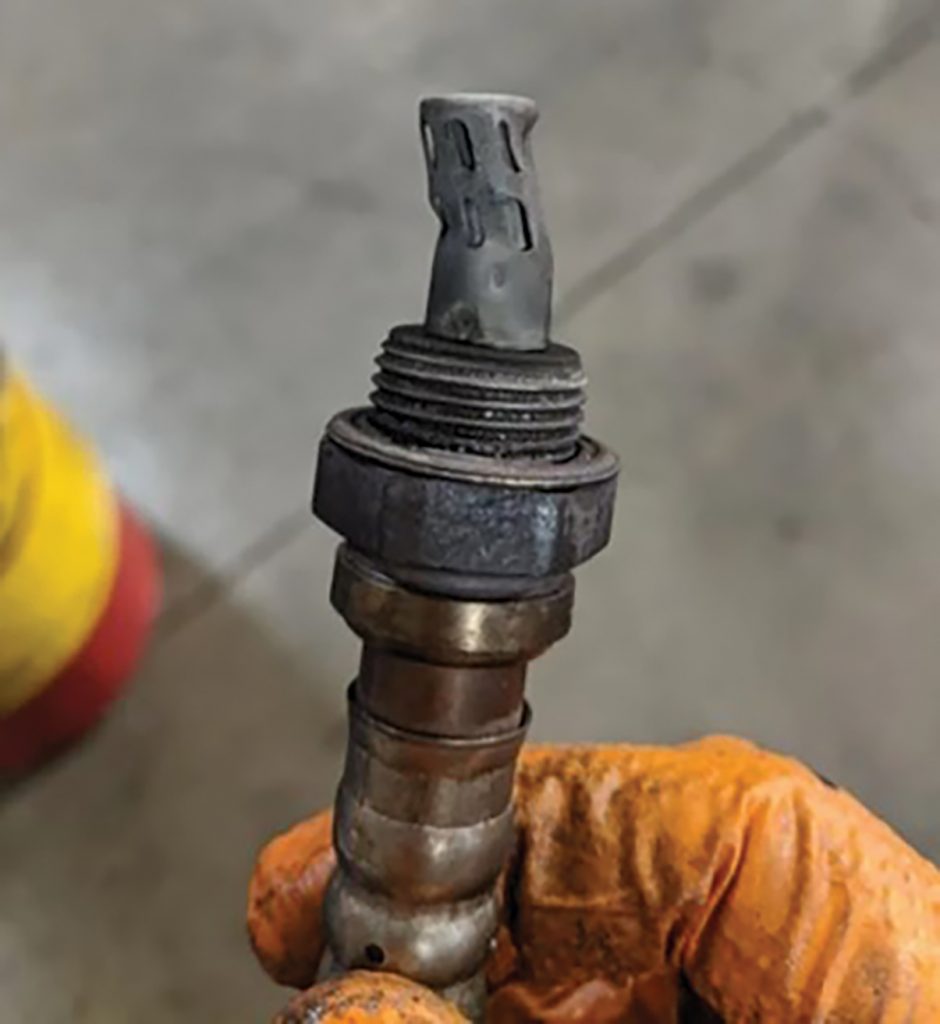
Often, this failure stems from the engine management system, and so SWD recommends that before replacing the catalytic converter, the below issues be fixed first to avoid further issues.
Engine servicing
Engines in need of service and older engines that burn oil due to worn cylinder walls, stuck rings, and worn valve guides will produce by-products that can foul the converter.
When an engine is operating outside of the proper specifications, wear and damage may be caused to the catalytic converter as well as the engine itself. Incorrect air/fuel mixture, incorrect timing, or fouled spark plugs could lead to a catalytic converter failure or worse.
Faulty spark plugs and leads
Spark plugs that do not fire, or which misfire, force unburned fuel into the exhaust system. Because the catalytic converter gets very hot, this unburned fuel can ignite inside the converter and can result in a partial or complete melt down of the ceramic catalyst.
Coolant or oil entering the system
When oil or coolant makes its way into the exhaust system, it creates a thick carbon and soot which coats and eventually clogs the air passages in the converter’s ceramic honeycomb catalyst. The excess back pressure created can cause internal engine damage. The engine can pull burnt exhaust gasses back into the combustion chambers and reduce the efficiency of the next burn cycle and creating a loss of power and overheating of engine components. Worn out piston rings, failing gaskets, faulty valve seals or even warped engine components are all possible causes of this problem.
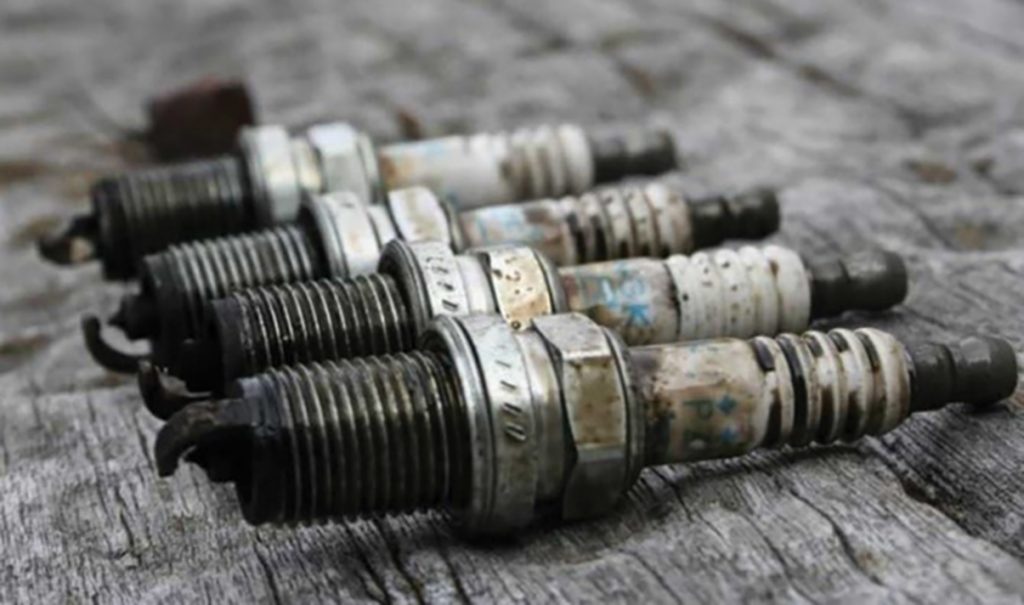
Unburned fuel entering the system
Ideally, the fuel that powers the vehicle is burnt up in the combustion chamber. Any fuel that gets through the combustion chamber unburned enters the exhaust system and can ignite once it reaches the catalytic converter. This can over-heat the converter far beyond its normal operating limit and cause a Melt Down. Possible causes are an improper fuel mixture, incorrect timing, bad spark plugs, a malfunctioning oxygen sensor, or a defective fuel injector.
Faulty O2 Sensor
If the oxygen sensor is not functioning properly, it can send incorrect readings of exhaust gasses to the vehicle’s ECU. The faulty sensor readings can result in an improper fuel mixture condition. Too rich, and the catalyst can melt down from fuel burning inside the converter. Too lean, and the converter will not be able to serve its purpose changing hydrocarbons into safe elements.
The warranty that comes with a new replacement catalytic converter will not cover the type of damage listed above, so SWD – which offers a wide range of catalytic converters, DPFs and other replacement parts – says it is important to ensure the cause is treated before the symptom.
For more information, visit trade.swd.com.au



